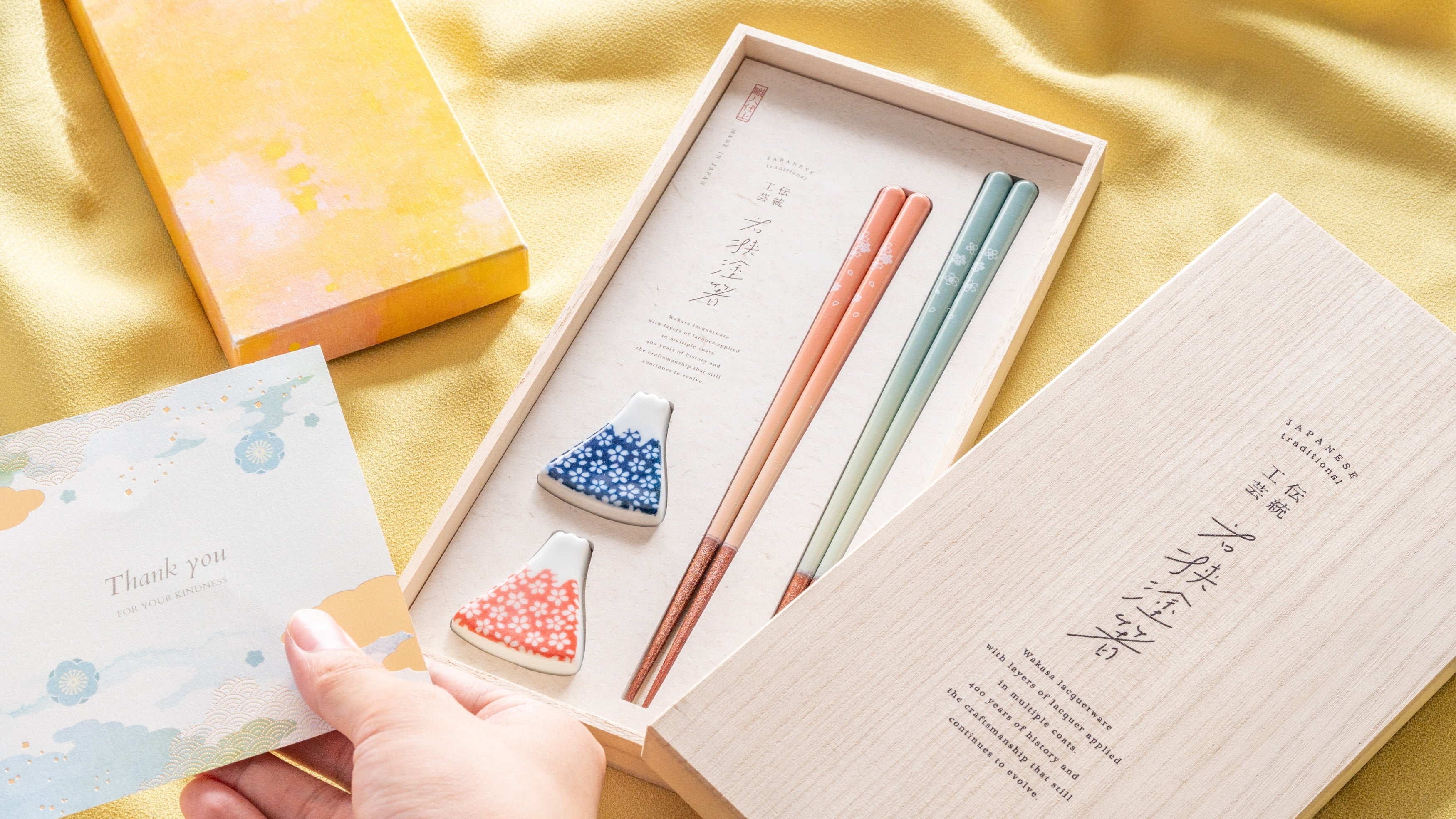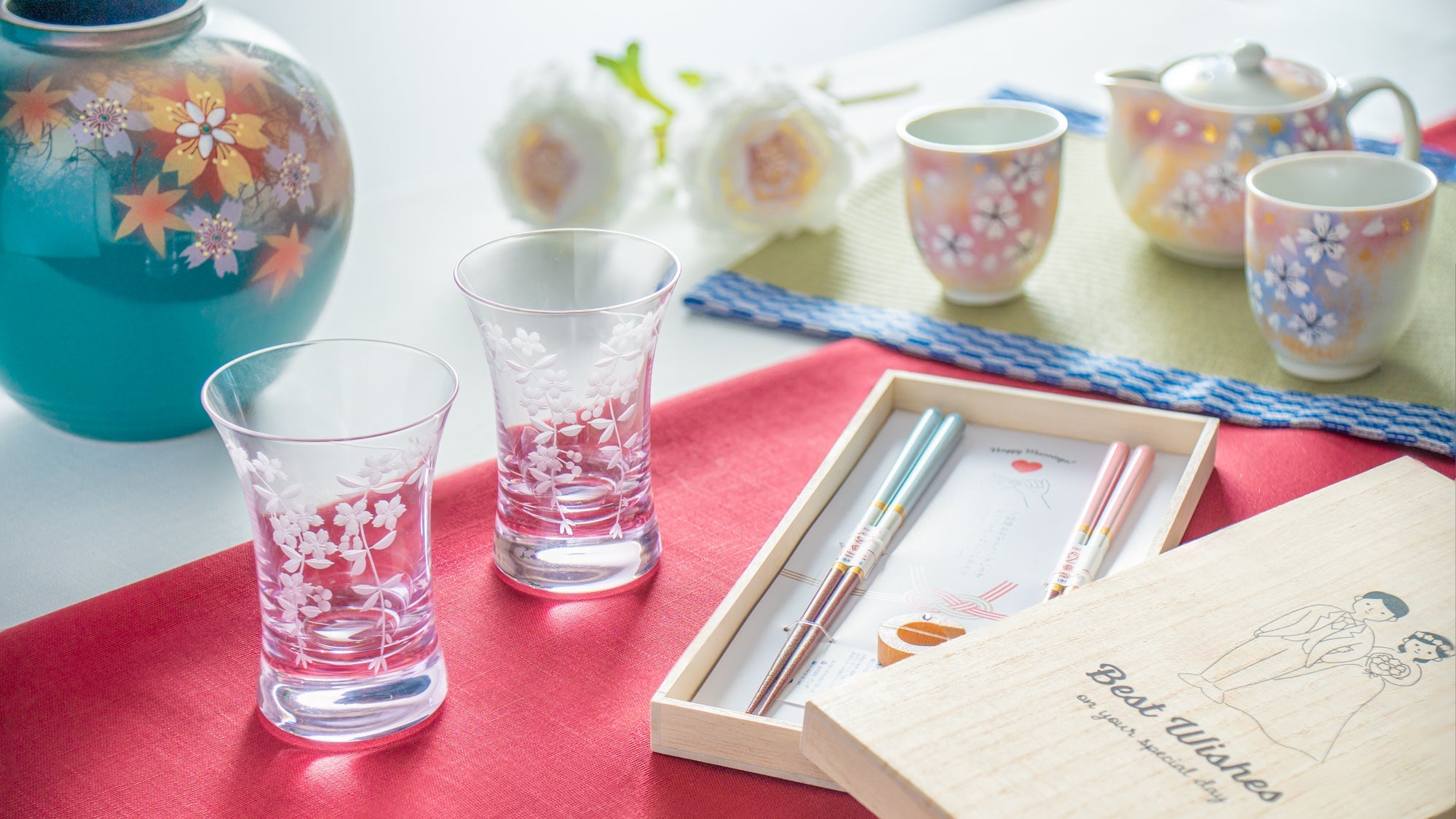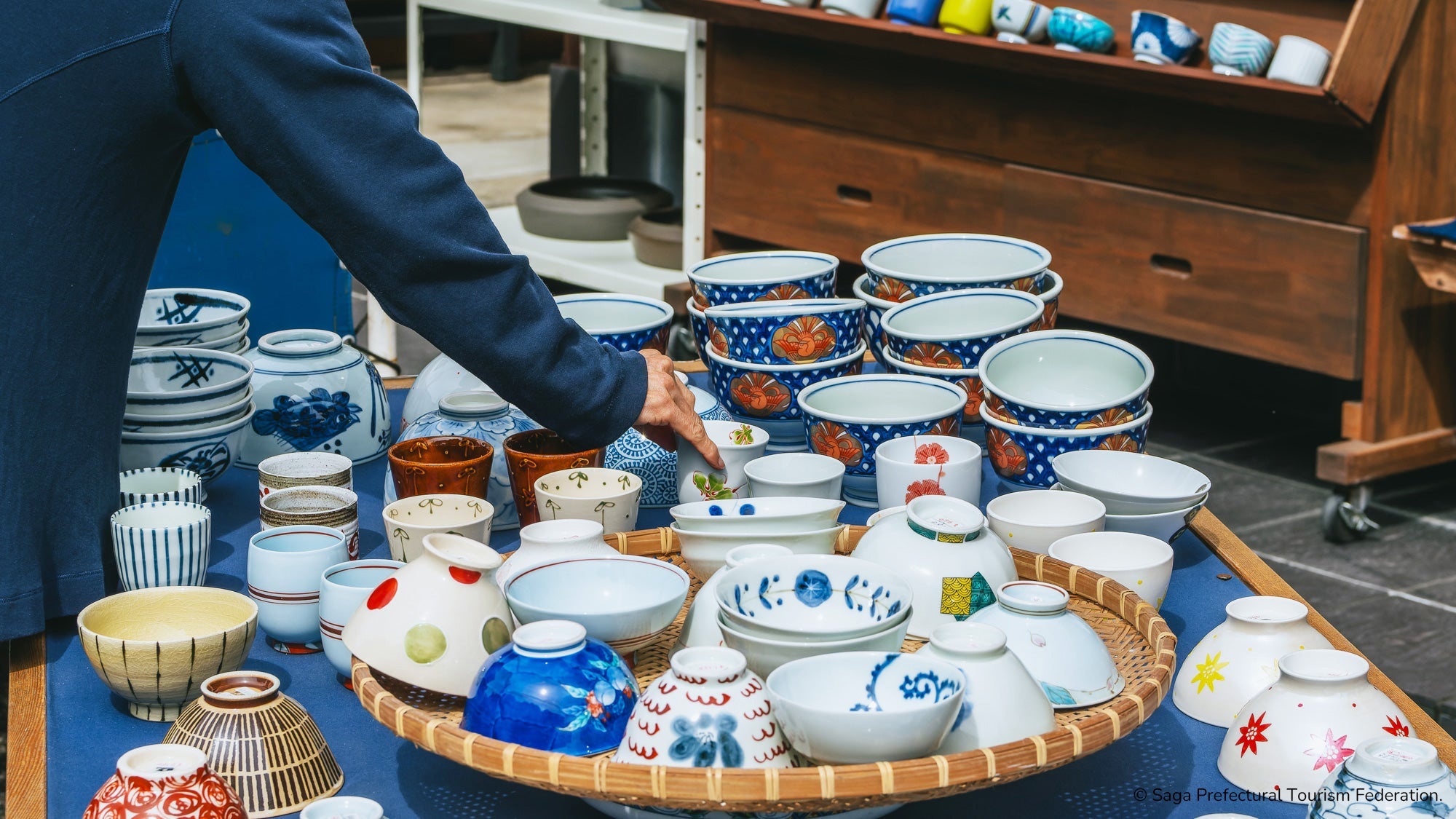
A Slice of Nature in Your Hand—Japanese Washi Paper
De Michael Pronko
When we first moved into my Japanese-style home, I couldn’t stand to look around. The wood structure and traditional design were all great, but every room had dead pockets where wires, pipes, or old light sockets protruded. Dull, blank stretches of plaster wall stared back sullenly. I quickly decided to transform the place in the simplest, neatest, and most affordable way—by covering the place in washi, Japanese paper!
Once I started, I used it all over the place. Very soon, the lights, electric cords, walls, tangles of wires, sun-facing windows, and empty spaces were covered with hand-made paper. I layered it over the walls. I made lampshades. I covered up cracks and bare spots. I papered over a rusting fuse box and an out-of-date doorbell. I traveled all over Tokyo to paper stores.
In a short time, by placing washi here and there, I brought in nature, craftsmanship, culture, and history to transform the look and feel of the place.
Of course, when I moved in, a fair bit of paper already lined the house. Shoji sliding screens and fusuma sliding doors divided rooms. But the energy of new paper adds up quickly, and like reflecting mirrors, each sheet accented the others and seemed to enlarge the house to soften and warm the place.

Once upon a time, every traditional Japanese home employed washi. Indeed, the traditional nature of any space can be judged by how much paper is there. In old Japanese movies, torn paper flapping in the breeze is the instant marker of poverty and desolation. Meanwhile, the samurai leader’s luxurious inner rooms are adorned with paper screens and painted scrolls while important messages and decrees are carried in and out—on paper. Paper was integral to life.
Somehow, in the rush to functional modernity, good paper was nearly left out of the calculations for modern life. Most new homes and apartments are filled with other materials and, therefore, other aesthetics. Though I’m generally not a traditionalist, washi added the right blend of tradition, beauty, and convenience to our home and became a pleasure to look at and live with.
Washi worked best for lamp shades. You hardly need anything more than glue to create a neat shape from a flat sheet. Bend it however you like, and the paper naturally forms lovely curves. Then, you plop a simple lamp bulb inside, and voila, you have marvelously filtered light that transforms a room and makes the shadows in nooks and crannies much more interesting.

Nowadays, there’s an extensive variety of colors, textures, printing, and design for washi. Washi is now the background for diverse printed patterns and an extensive range of dyes. In modern iterations, cafes, restaurants, and ikebana flower-arranging exhibitions, washi is sometimes even painted in bright silver or gold. I like many of those designs, which remind me of the patterns on old kimono and yukata, but I use those colors sparingly at home. I prefer washi with no bleach or dye.
Since papermaking was introduced to Japan from China around the 7 th century, the techniques and materials have been continually developed and passed on from generation to generation. First and foremost, washi uses natural materials, in particular, the kozo Japanese mulberry tree. Each variety of tree produces fibers with unique qualities. Washi is as diverse as nature itself.
Other plants, such as the gampi, a Japanese shrub, and mitsumata, a tree with bright yellow flowers, are gathered, boiled, and suspended in the purest water. The mulberry has exceptionally long fibers, which provide strength and flexibility. Mitsumata fibers are soft and absorbent and allow for finer paper. The gampi fibers are extremely tough and resistant to dampness and insects, giving paper durability.

All three plants must be harvested at the right time, usually in late fall or early winter and in very specific places where the sunshine and soil give the plants their best qualities. Paper creation is a multi-year process rooted deeply in the environment and involving human creativity that remains in harmony with nature.
The paper is always made from a mix of fibers using cold water. I always shiver a little, thinking of the paper makers dipping their hands into the viscous, icy water to scoop out the fibers onto bamboo frames. The time-consuming nature of the process comes from repeated scooping, which allows the layers to accumulate gradually and the fibers to intertwine. The best paper results from the most involved and intricate steps. Impurities are picked out by hand.

Like many traditional Japanese crafts that have survived to the present day, Japanese papermaking is a rebuke to the mass production of daily-use items. Washi is like slow food, emphasizing local ingredients, time-honed processes, and small-scale production. For that reason, washi has been registered as an intangible cultural heritage with UNESCO. The washi reminds me to slow down and not overlook quality amid the practical necessities of daily paper-filled life, all the tissues, wrapping paper, and cardboard.

I now look at regular computer printer paper as ugly and unappealing. And I’m a paper person. Between writing and teaching, my hands are touching paper all day long. I teach from paper, write on paper, and stack books on my shelves. But compared to washi, regular printing paper, which I buy by the boxload, is like white bread.
What I like most about well-made washi—and what really sets it apart—is the texture. The added components like bark, flowers, and thick strands of pulp form irregular patterns that mimic the patterns of nature. I’m always amazed to think that something so watery at one stage can become so durable in its final stage that it can magically condense the flexibility and strength of a tree into a light, portable form.

Some examples of paper have lasted over two thousand years. One lampshade I made for my back porch survived repeated rainstorms. It was soaked, dried, and soaked again but kept its shape even if loosening like a pair of old jeans. The repeated soaking and drying reiterated its original production. Eventually, it collapsed, but so what? I made a new one with another sheet of washi. And made it even better.
The various thicknesses of washi mean it is more three-dimensional than industrial paper. Computer printer paper gives you flat two-dimensionality. But washi invites you to handle the pleasure of the surface in your hand, to run your fingers over it and wonder what’s inside. You can feel the bumps of pulp, the purposeful holes, the thinness and thickness, and the irregularities that make it so artful. The edges are uneven, skittering off in their own unmeasurable directions, reluctant, perhaps, to be edges at all.
And while supplementary colors, dyes, and other additives have an irresistible charm, I prefer the muted whites, off-whites, beiges, and light browns. I don’t mind brightening up a room with color. Still, the softer palette and hand-pleasing textures of traditional washi are a welcome departure from the glitzy, eye-popping colors and slippery plastic feel of Tokyo’s omnipresent advertising and consumption.
The best Japanese artisanship is often rooted in nature with only the slightest transformation, a bit of dashi to the vegetables, some trimming of the plum tree, or a light braising of fish. Washi fits into that style of minimalism. Like a Japanese garden, washi reveals nature through a fresh expression of nature’s best qualities, reconnecting water and plants in a new, but not totally new, formation.

Most washi lets light through it. That’s why it’s used on shoji sliding screens. The paper filters and transforms the shifting hues and shades of the day’s light. People spend a lot of cash on commercially designed lamps, lights, and bulbs, but I find that putting some paper around a light improves the coloring and quality of the light better than anything. Washi creates dappled light, like sunlight through a forest canopy. In daylight, washi captures light without glare or glimmer.
In old samurai films, swords slash through shoji screens, rendering them scrap. It’s a reminder that washi’s appeal partly comes from its fragility and ephemerality, like falling cherry blossoms. Paper can be amazingly durable, but it can also be cut and ripped to shreds. It divides rooms but reminds us that the rooms are connected. In old Japanese melodramas, the shadow of a lover or assassin can be seen on the other side of the paper shoji. Only discretion keeps people on their side of the paper wall.
Look around any Japanese temple or shrine, and you will see paper there. Zig-zagging white paper shide are tied to torii gates, stuck inside twisted rice stalk ropes, and used in ceremonies. Pure white paper is attached to wooden sticks that priests wave over newly bought land or cars to dispel the negative energy. And what would a matsuri be without a long row of paper-covered lanterns? Festivalgoers strolling through the grounds of shrines are bathed in paper-filtered light.


Washi is one of the essential elements in much Japanese art, used in shodo calligraphy, sumi-e paintings, and ukiyo-e prints. Without the right paper, none of those arts would have flourished because the ink from a calligraphy brush would not be absorbed and hold finely drawn shapes. The special paper used for ukiyoe prints holds the prints’ original colors and intricate lines for years.
Some thank-you notes I’ve received felt too beautiful to throw away. Of course, they were written on washi. A regular piece of paper would have been unsophisticated, even rude. Writing on washi is writing for one single person, not for everyone at once, like an advertising leaflet. The quality of the paper holds not just the message but, more importantly, sincerity and thoughtfulness. otoshidama (New Year’s Day gifts for children) are handed out in a washi envelope, though usually with bright colors or cute animals. Beautiful paper amplifies the other meanings.
The traditional offering of money at a wedding, the goshugi, is always wrapped in Japanese paper, which is in turn wrapped in a decorative cord shaped like an auspicious crane or turtle, which in turn holds a note for good wishes written on a strip of washi. And though the inner envelope that holds the bills may not be of exceptionally high quality, the ten-thousand-yen bills are also made of the same mitsumata plant used for the best washi. For weddings, that’s about four layers of washi in total.

Washi is not paper that waits for meaning to be printed on it for some other purpose. Washi is an object in itself, not a temporary representation of something else, like a receipt, an invoice, or yet another delivery box. It creates its own present moment by not delaying the meaning or deferring action. It’s a throwback to when paper was beautiful and magical in itself. It contains some of the amazement people must have felt thousands of years ago to see such a flexible yet durable product.
In the modern world, we’ve gained convenience and simplicity but have sometimes lost much of the beauty and natural feeling of well-crafted objects. I may be wishing for the moon, which on certain nights seems to be made of washi, but I’d like to cover a lot more of my world in washi.
On the wall behind my computer, where I spend a large chunk of time, I have a sheet of rough, fibrous, light-brown washi. It seems to balance out all the bland computer paper that passes through my hands. And sometimes, I use a high-resolution photo of washi for my computer screen background. Of course, I can’t touch it through the screen, but at least I can imagine it, which is what the best daily objects can help us do.













Dejar un comentario
Este sitio está protegido por hCaptcha y se aplican la Política de privacidad de hCaptcha y los Términos del servicio.